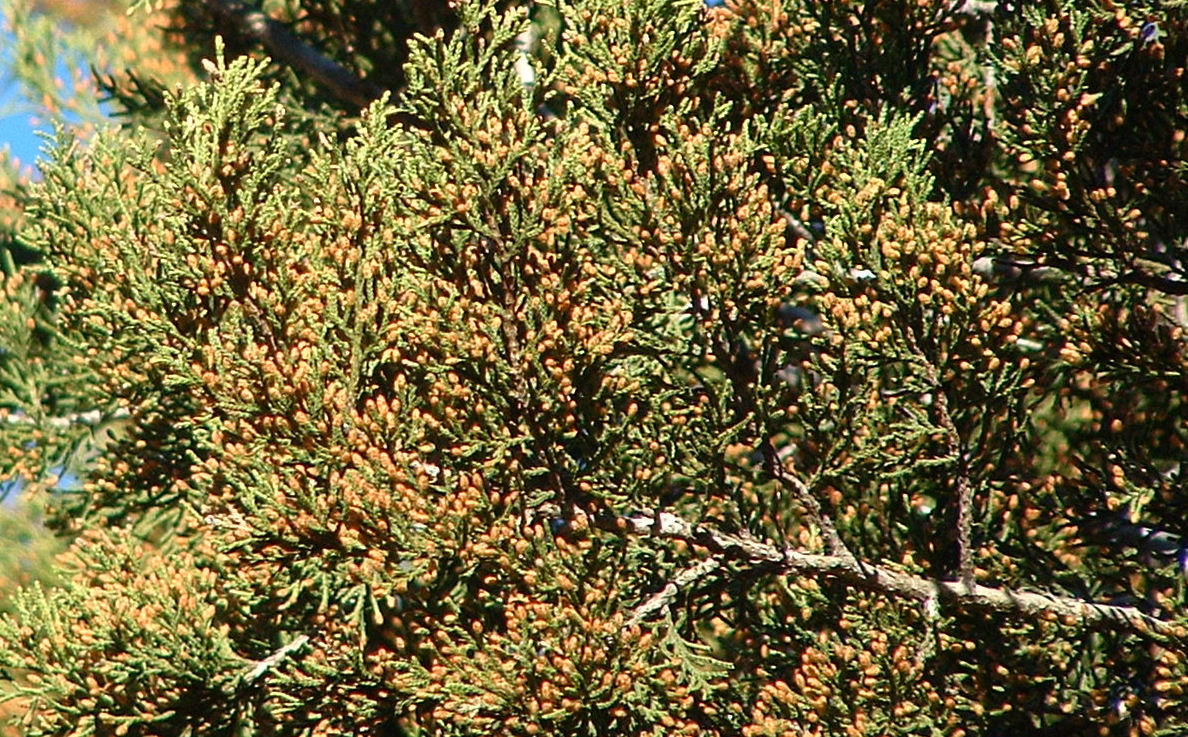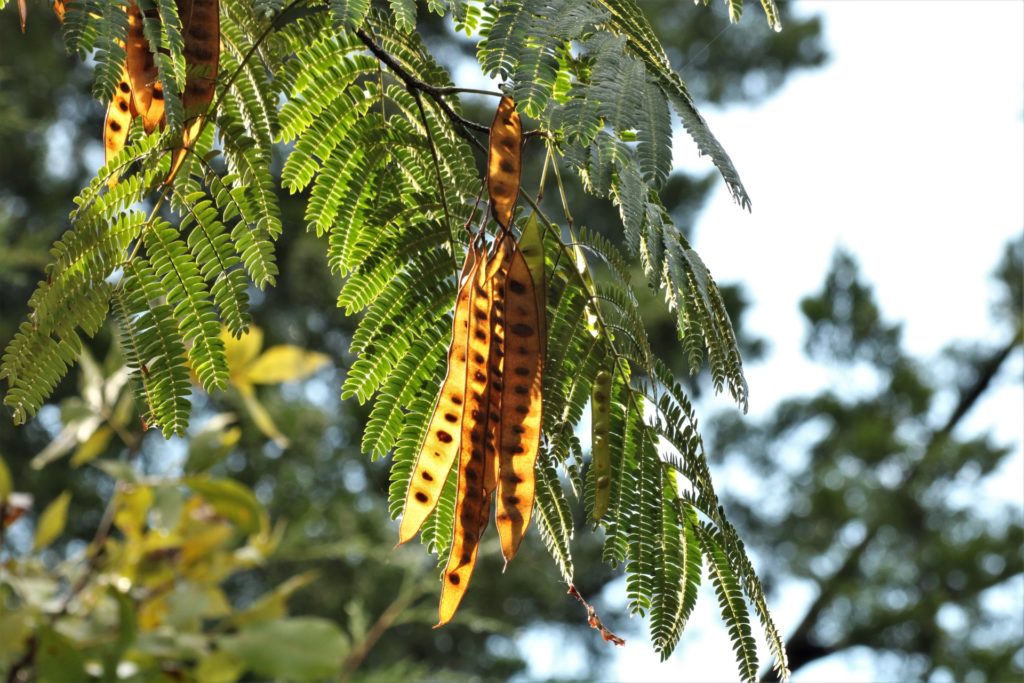
There are numerous trees that you could plant in your Fort Worth yard, but there are a few you definitely shouldn’t. We caught up with Daniel Cunningham a horticulturist and project manager for Texas A&M AgriLife Research to discuss the worst trees to plant in Fort Worth. And here’s the list:
1. Bradford Pear

Although he’s gone back and forth on this, Cunningham (aka the Texas Plant Guy) believes the Bradford pear is the absolute worst one you could choose.
“It really surprises me that people still plant them because their many faults are so notoriously egregious,” he said. “I guess people just really want a fast-growing tree that blooms prolifically– but folks may fail to realize that fast-growing trees are almost always fast dying trees.”
Daniel said that because of their weak wood and acute branching angles, Bradford pears are dangerously prone to split in an intense Fort Worth thunderstorm. And when this tree splits, limbs fall damaging homes and cars.
‘They stink — bad’
Another drawback of the Bradford pear is its beautiful, but short-lived spring blooms. “They stink – bad,” he said. “I describe it like a smell reminiscent of a trash can full of tuna fish cans and baby food jars that have been festering for a few days.”
“And if those awful traits aren’t bad enough,” he told us, “the tiny inedible hard fruits they sometimes produce get eaten by birds who deposit them throughout Texas; in the wild areas along our creeks, rivers, and lakes. This trait lands Bradford Pears on the Texas Invasives list for their propensity to push our native plant species and the wildlife that call them home.”
2. Ashe Junipers
The ashe juniper (also known as the mountain cedar) makes the list of worst trees to plant in Fort Worth because it’s one of the worst for allergy sufferers.
Daniel told us that “the males of this species produce clouds of pollen from December through February, usually after or right before a cold front. Although we do have native populations of ashe junipers in Tarrant County, they are more densely populated in Central Texas where they produce so much pollen that it can sometimes be seen from satellite images. And because of our prevailing southern winds, all that pollen ends up blowing through North Texas.”
According to Daniel, ashe junipers (pictured above) are almost never planted in a landscape setting. And frankly, it should stay way. But even so, he said that “There’s not really a lot we can do to avoid their pollen other than holistically managing the effect of the allergies they cause with the help of your trusted physician.”
3. Mimosa

No. 3 on the list is the mimosa tree. The mimosa is native to the Middle East and Asia and was brought to the United States in the latter half of the 18th century. The flowers are shades of pink and white, they smell nice, and attract butterflies and hummingbirds. So what’s so bad about them?
They are short-lived trees that attract pests. They should not be the focal point of any landscape design because they die easily. Plus, once the lovely flowers fade, the mimosa tree produces ugly brown seed pods. These pods remain on the tree for much of the year, even through the winter when the leaves have dropped. It’s pretty ugly to look when the branches are bare but the ugly brown seed pods remain. Eventually, the pods split open and scatter their seeds. These invasive trees can (and will) grow literally everywhere. Avoid them.
4. Chinese Pistache (Female Version)
The Chinese pistache is the final tree on the list. This tree, originally from China is a cousin of the pistachio tree. And the female version bears a messy fruit.
As Daniel tells us, “These trees are still sold in local nurseries and are unfortunately finding their way out of Fort Worth landscapes and into adjacent wild areas — along creeks and waterways where they push out our natives and disrupt ecosystems.”
Yes, this is a pretty tree, but the Chinese pistache is invasive and a threat to native trees. And there are better options for Fort Worth trees.
Great Fort Worth Resources
According to Daniel, “The good news is that if Fort Worth gardeners are looking to plant the right trees, there are some great resources, including a searchable plant database, free tree care guide, and free classes on the best trees for Fort Worth at WaterUniversity.tamu.edu.”
He also welcomes folks to reach out to him any time on Facebook, Instagram and Twitter at @TXPlantGuy.
“I will be more than happy to answer any questions they might have about their landscapes, lawns, or vegetable gardens!”
Talk to a Forth Worth landscaping expert if you need help selecting trees for your landscape. LawnStarter can connect you with passionate lawn care and landscaping pros with helpful advice.